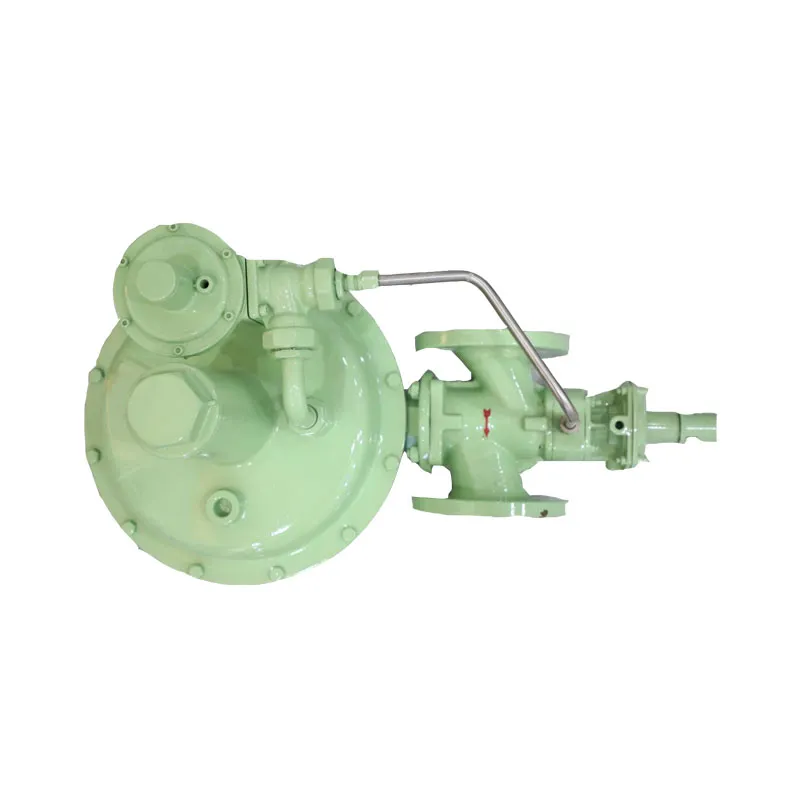
Dec . 18, 2024 08:01
Back to list
Understanding the Functionality and Importance of Gas Regulators in Various Applications
Understanding Gas Regulators Importance, Types, and Applications
Gas regulators are essential devices that manage and control the pressure of gas in various applications, from household systems to industrial processes. They play a crucial role in ensuring safety, efficiency, and reliability in the use of gases, particularly in a world increasingly dependent on gas as an energy source.
At its core, a gas regulator is designed to reduce the high pressure of gas from a storage tank or supply line to a lower, usable pressure. Without a regulator, gas pressures can be dangerously high, causing equipment damage or even hazardous situations. This is especially critical in industries such as manufacturing, where precise gas flow and pressure control are necessary.
Types of Gas Regulators
Gas regulators come in several types, each designed for specific applications. The most common types include
1. Single-Stage Regulators These are designed to reduce the pressure in a single step. They are typically used in applications where the supply pressure is relatively constant, such as in smaller residential setups. Single-stage regulators are straightforward in design and easy to use, making them popular for home gas appliances.
2. Two-Stage Regulators As the name implies, these regulators reduce pressure in two stages, providing more stable and consistent output pressure even when the input supply pressure fluctuates. They are commonly used in larger applications, such as industrial processes, where stable gas pressure is vital for optimal performance.
3. Demand Regulators These regulators adjust their output based on the flow of gas required by the system. They are particularly useful in applications with varying gas demands, ensuring that the right amount of gas is supplied at the right pressure at all times.
gas regulator

4. Electronic Regulators With advancements in technology, electronic gas regulators have emerged. These devices use sensors and electronic control systems to adjust gas pressure dynamically. They offer exceptional precision and can be integrated into automated systems for improved efficiency.
Applications of Gas Regulators
Gas regulators are widely used in various sectors, highlighting their versatility. In residential settings, they are found in gas furnaces, water heaters, and kitchen stoves, ensuring that gas is delivered safely and efficiently. In hospitals, precise gas regulation is vital for delivering medical gases such as oxygen and nitrous oxide.
In industrial applications, gas regulators are used in welding, metal cutting, and chemical processing. They ensure that the right amount of gas is provided for optimal operation, enhancing safety and improving the quality of the work being done. Moreover, in the energy sector, gas regulators are critical for the distribution of natural gas and propane, maintaining pressure levels throughout pipelines and preventing potential hazards.
Safety and Maintenance
While gas regulators are designed to be safe, proper installation and maintenance are crucial. Regular inspections can help identify potential issues before they lead to failures. Users should be aware of signs of malfunction, such as irregular pressure readings or gas leaks, and take prompt action if any are detected.
In conclusion, gas regulators are vital components in various applications, ensuring safe and efficient gas use. Understanding the different types of regulators and their specific applications can help users choose the right one for their needs. As industries continue to evolve and demand more gas-driven technologies, the role of gas regulators will become increasingly significant in maintaining safety and efficiency.
Latest news
-
Safety Valve Spring-Loaded Design Overpressure ProtectionNewsJul.25,2025
-
Precision Voltage Regulator AC5 Accuracy Grade PerformanceNewsJul.25,2025
-
Natural Gas Pressure Regulating Skid Industrial Pipeline ApplicationsNewsJul.25,2025
-
Natural Gas Filter Stainless Steel Mesh Element DesignNewsJul.25,2025
-
Gas Pressure Regulator Valve Direct-Acting Spring-Loaded DesignNewsJul.25,2025
-
Decompression Equipment Multi-Stage Heat Exchange System DesignNewsJul.25,2025

